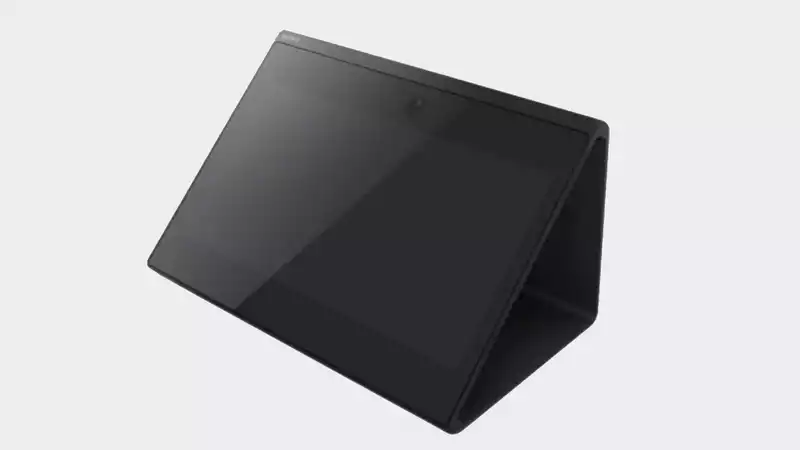Holographic imaging has come a long way since its conception. The idea was conceived by Hungarian scientist Denis Gabor in 1947. Projects like Looking Glass have been used for medical and scientific visualization and even experiential marketing. And now even Sony is jumping into the holographic fray.
Sony has announced its new ELF-SR1 ("Spatial Reality Display"), a 15.6-inch, 4K LCD panel for holographic visualization of 3D objects and scenes.
Similar in function to the old Nintendo 3DS screen, this new SR display allows users to view objects as if they were rendered in 3D space in front of the screen. It also allows users to tilt their bodies to view objects from different angles without having to move them within the screen space. Thankfully, the high-speed eye tracking camera allows the SR display to reflect the natural movements of the head (in milliseconds) without causing headaches, an unfortunate side effect of the 3DS technology.
The SR display resembles a conventional computer monitor, but is tilted at a 45-degree angle and cannot be angled; the 4K panel looks like any other switched-off panel, except that each pixel is divided into two optical zones by a micro-optical lens coating. To work the holographic effect, each eye is essentially observing at 2K resolution each.
Otherwise, the specifications are pretty standard: 100% Adobe RGB color gamut, 500 nits brightness, and 1400:1 contrast ratio. Sony did not say anything about refresh rates, but did reveal that it has built-in 2.1 channel speakers and will work with the Leap Motion gesture controller.
You might be thinking, "What the heck?" Will this finally allow me to get away from trying to look around the corner from in front of the computer screen while gaming?" And. The short answer is no. This technology has not yet been optimized for playing games.
Certainly, one day we can expect this type of technology to be an exciting addition to certain types of game setups, but for now, it is for the content creation and scientific visualization industries. For example, the next generation of game assets may be developed using SR displays, and the fields of film pre-visualization, architecture, and even automotive design could also benefit greatly.
If you want to upgrade your 3D content visualization game, the Spatial Reality Display will be available in Sony stores starting November 2020. Currently, the technology is only available to those with fairly powerful Windows PCs and extensive rendering capabilities, and requires Unreal Engine or Unity to create 3D content.


Comments